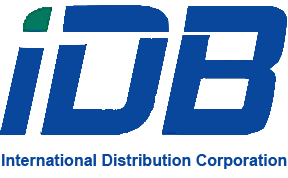CENTRAL MANAGEMENT
While many people start with a single node, Proxmox VE can scale out to a large set of clustered nodes. The cluster stack is fully integrated and ships with the default installation. To manage all tasks of your virtual data center, you can use the central web-based management interface.
WEB-BASED MANAGEMENT INTERFACE
Administrators can initiate this process either scripted or with the web interface, making it a simple process. It allows you to easily take a VM offline for maintenance or upgrades.
UNIQUE MULTI-MASTER DESIGN
The integrated web-based management interface gives you a clean overview of all your KVM guests and Linux containers and even of your whole cluster. You can easily manage your VMs and containers, storage or cluster from the GUI. There is no need to install a separate, complex, and pricy management server.
PROXMOX CLUSTER FILE SYSTEM (PMXCFS)
Proxmox VE uses the unique Proxmox Cluster file system (pmxcfs), a database-driven file system for storing configuration files. This enables you to store the configuration of thousands of virtual machines. By using corosync, these files are replicated in real time on all cluster nodes. The file system stores all data inside a persistent database on disk, nonetheless, a copy of the data resides in RAM which provides a maximum storage size is 30MB - more than enough for thousands of VMs.
Proxmox VE is the only virtualization platform using this unique cluster file system.
COMMAND LINE INTERFACE (CLI)
For advanced users who are used to the comfort of the Unix shell or Windows Powershell, Proxmox VE provides a command line interface to manage all the components of your virtual environment. This command line interface has intelligent tab completion and full documentation in the form of UNIX man pages.
REST API
Proxmox VE uses a RESTful API. We choose JSON as primary data format, and the whole API is formally defined using JSON Schema. This enables fast and easy integration for third party management tools like custom hosting environments.
ROLE-BASED ADMINISTRATION
You can define granular access for all objects (like VM´s, storages, nodes, etc.) by using the role based user- and permission management. This allows you to define privileges and helps you to control access to objects. This concept is also known as access control lists: Each permission specifies a subject (a user or group) and a role (set of privileges) on a specific path.
AUTHENTICATION REALMS
Proxmox VE supports multiple authentication sources like Microsoft Active Directory, LDAP, Linux PAM standard authentication or the built-in Proxmox VE authentication server.




